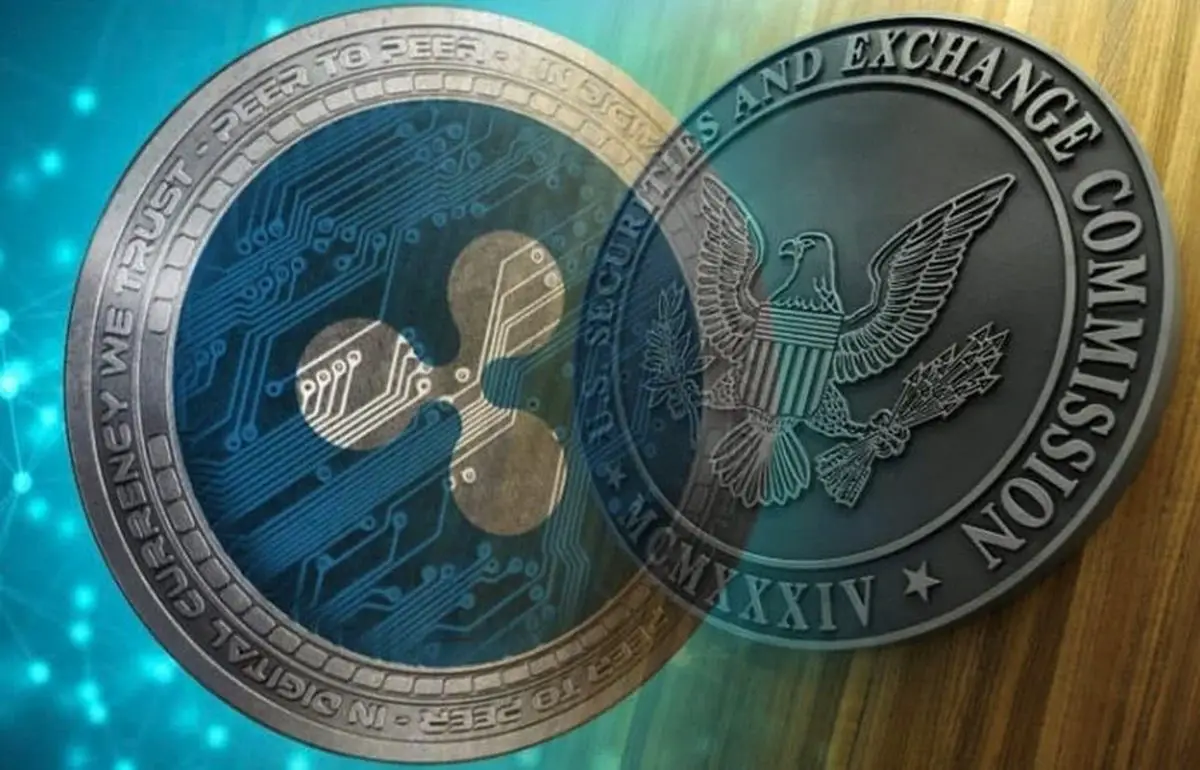Why do top international banks collaborate on the Ripple Network, despite the lawsuit? An international banking consortium is experimenting with the Ripple blockchain network technology to improve cross-border money transfers. National Australia Bank (NAB), Australia’s largest commercial bank, and several banks from Canada and Israel collaborated on a framework that will enhance security and efficiency of their payment systems, share innovative ideas, and more.
Why Ripple Network despite the lawsuit?
The Ripple payment network currently supports financial institutions from over 55 different countries. The digital asset XRP is utilized by the On-Demand Liquidity (ODL) service, which “supplies liquidity during cross-border transactions as an alternative to conventional methods.”
As a result of their collaboration with the National Australia Bank, CIBC and Israel’s Bank Leumi are now using the Ripple payment network for cross-border transactions.

The objective of the agreement is to boost client experiences by lowering costs, speeding up payments, and enhancing security. Transactions that previously might have taken up to two days to become effective can now be done in minutes.
“We believe that the technology has the potential to not only deliver real time international payments, but also improved security and efficiency of our payments systems, so this is an important piece of work”
-National Australia Bank (NAB).
The large Australian bank said: “We’re excited to be working with CIBC and have already partnered with them in using Ripple’s blockchain technology to complete international payments transfers between our banks as a proof of concept.”
The collaboration between the financial institutions is also expected to provide access to higher-quality international innovation projects and ideas, according to NAB Executive General Manager NAB Labs Jonathan Davey.
“Our customers want us to do things differently and strategic partnerships like this allow us to access ideas, talent and capabilities of like-minded organisations, in this case the opportunity to tap into two leading international banks, to help us gain world-class insights from global leaders to benefit our customers.”
-Davey
The managing director went on to say that this is an ideal setting for institutions to address common concerns as well as combine and leverage worldwide knowledge and insights in order to “discover ways to get ahead” amid the competitive and “rapidly evolving world” of fintech.

Ripple Network grows despite the lawsuit
Despite the SEC vs Ripple Labs lawsuit, the business has been expanding its international presence and establishing new relationships.
In Australia, the Ripple network is becoming more popular. Financial firms recognize it, and company members work with the country’s regulators as they create a crypto regulatory framework.
The government of Australia is currently working on legislation that would allow it to regulate digital assets. In December, the firm released three guiding principles on which an Australian regulatory framework for cryptocurrencies should be based. These were included and acknowledged in the Senate’s “Select Committee on Australia as a Technology and Financial Centre” final report.
RippleNet General Manager Asheesh Birla stated that the firm ended 2021 with a payment volume run rate of more than $10 billion and has expanded its On-Demand Liquidity (ODL) product to 22 destination markets. He said that the ODL service is on track to cover the globe.
Birla considers ODL’s “faster transaction speed and more efficient use of capital” in contrast to the conventional financial system to be one of the causes for its quick development.





